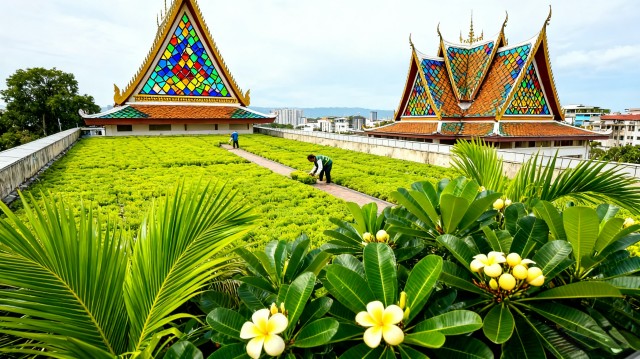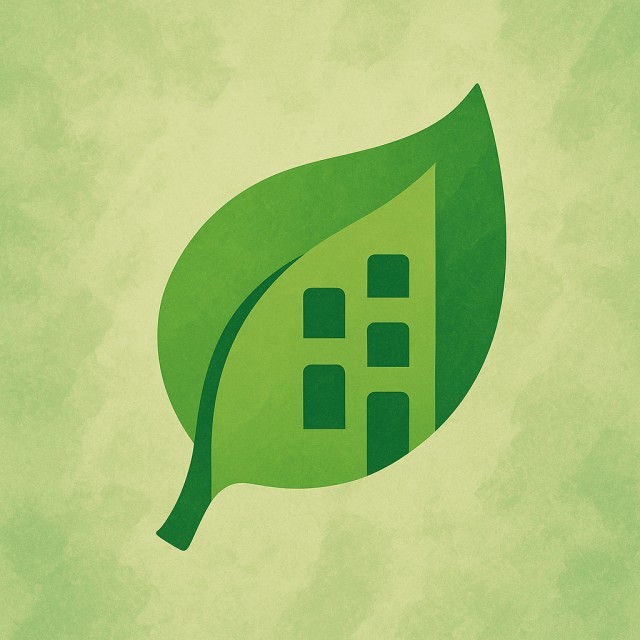From 8cm to Elevated Systems – Solutions for Different Planting Needs
2025-07-10
Green Roof Module Selection Guide
Green roofs are increasingly recognized as effective solutions for improving urban microclimates, enhancing biodiversity, and reducing stormwater runoff. However, successful green roof implementation depends heavily on selecting the right module system—especially when it comes to soil depth, plant types, and roof load capacity. This article introduces how to choose suitable green roof modules based on soil thickness and planting requirements, with a focus on our current HT-508 and HT-5020 systems.
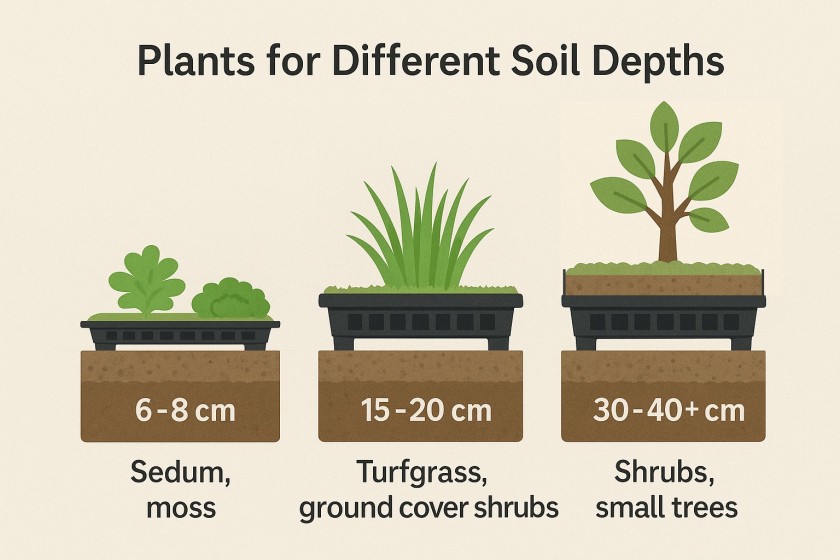
1. Understanding Extensive vs. Intensive Green Roofs
Green roofs are typically divided into two main categories:
| Type | Extensive Green Roof | Intensive Green Roof |
|---|---|---|
| Soil Depth | 6–15 cm | 15–60+ cm |
| Plant Types | Sedums, mosses, ground covers | Grasses, shrubs, small trees |
| Maintenance | Low / Minimal | Moderate to High |
| Weight Load | Light | Heavy |
| Landscape Function | Ecological / Functional | Recreational / Aesthetic |
| Common Use | Industrial roofs, solar roofs | Commercial rooftops, rooftop gardens |
2. HT-508 and HT-5020: Modular Solutions for Modern Green Roofs
HT-508 (8cm height)
System Type: Extensive
Recommended Plants: Sedum, drought-tolerant ground covers
Best For: Lightweight rooftops, large-scale ecological roofs, solar panel gaps
Advantages: Ultra-lightweight, fast installation, low maintenance
Design Focus: Simplified layering, integrated water retention and drainage
HT-5020 (20cm height)
System Type: Semi-Intensive
Recommended Plants: Ornamental grasses, herbs, turfgrass, shallow-rooted shrubs
Best For: Commercial roofs, rooftop terraces, urban greening projects
Advantages: Larger soil volume, better plant diversity, increased water storage
Design Focus: Compatible with both visual landscape and functional vegetation
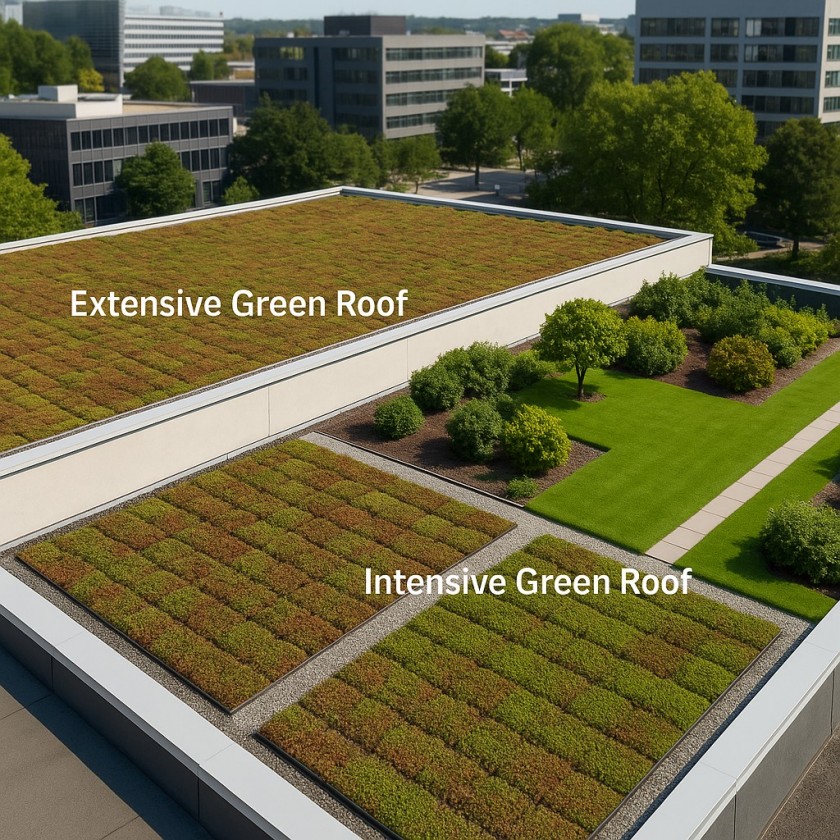
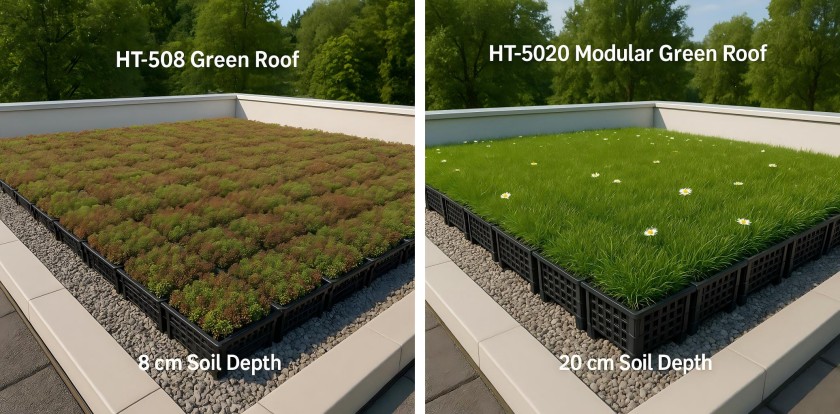
3. For Deeper Soil: Elevated Edge System (≥30cm Soil Depth)
When a project requires deeper soil—typically for shrubs or small trees—our modules can be paired with an elevated edge extension to increase the soil depth beyond 30cm.
System Design:
Use HT-5020 as the base module
Add structural edging (metal/plastic/brick) around the perimeter
Fill to desired soil level (30–40cm or more)
Benefits:
Maintains the modular water retention and drainage function
Avoids custom molding costs
Flexible and scalable for different design zones
Especially suitable for rooftop planters, tree bases, and highlight areas in rooftop gardens
Considerations:
Roof structural loading must be reviewed
Waterproofing and anti-leakage between edging and soil must be ensured
Water drainage from the top layer should connect back to the module base
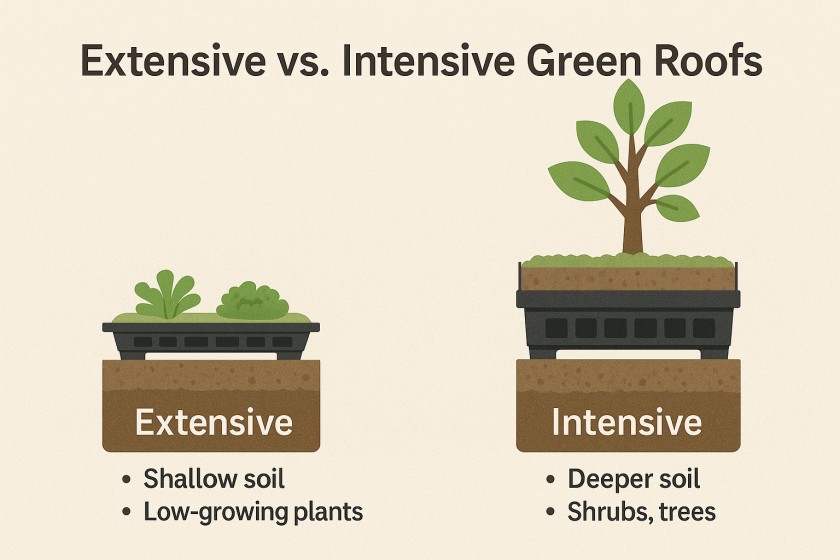
4. Summary Table: Choosing the Right Module
| Soil Depth | Recommended System | Plant Types | Suggested Module |
|---|---|---|---|
| 6–8 cm | Extensive | Sedum, moss | HT-508 |
| 15–20 cm | Semi-Intensive | Turf, herbs, ground cover shrubs | HT-5020 |
| 30–40+ cm | Intensive / Deep Planting | Shrubs, small trees | HT-5020 + Edge Extension |
A well-designed green roof starts with a well-chosen module system. Whether your goal is low-maintenance ecological coverage or a vibrant rooftop landscape with diverse plants, our HT-508 and HT-5020 systems offer flexible, modular, and scalable solutions. With the option to elevate soil depth using edge extensions, even deeper planting becomes possible without compromising structural or functional efficiency.
Originally published on the official website of HOENSOEY Technology Co., Ltd.
AnteriorGreen Roof Modules Compared: Installation Speed, Cost, and the Rise of HT-5020
PróximaGreen Roof Modules: Smarter Energy Saving for Sustainable Architecture
Message




